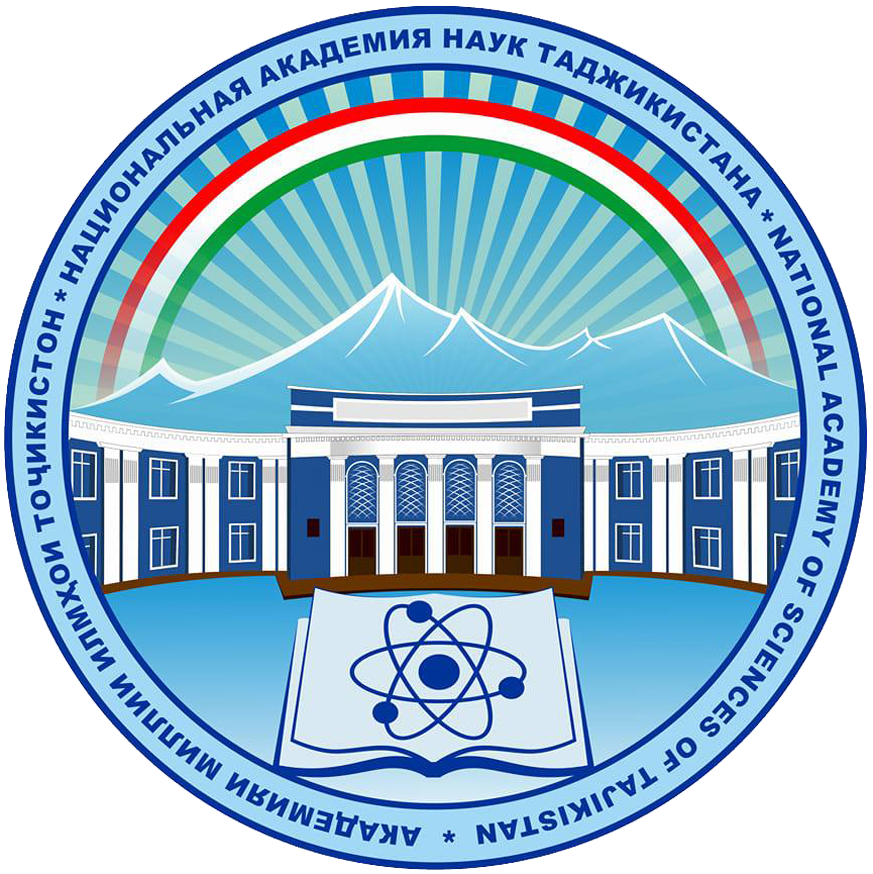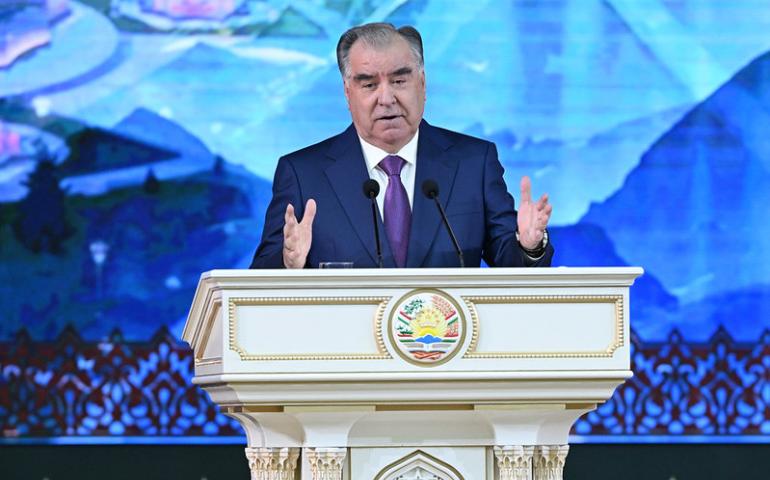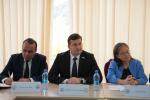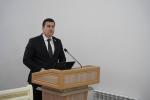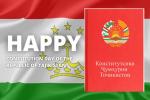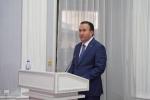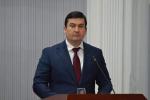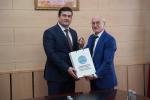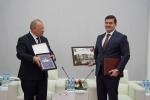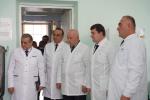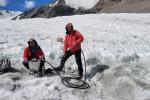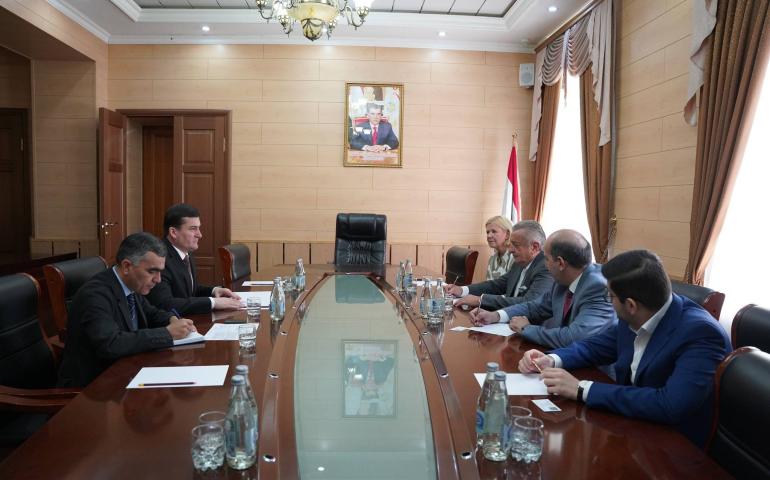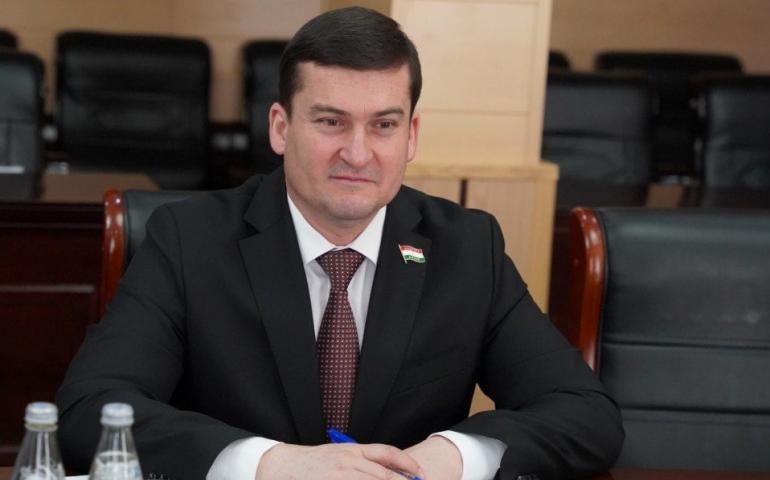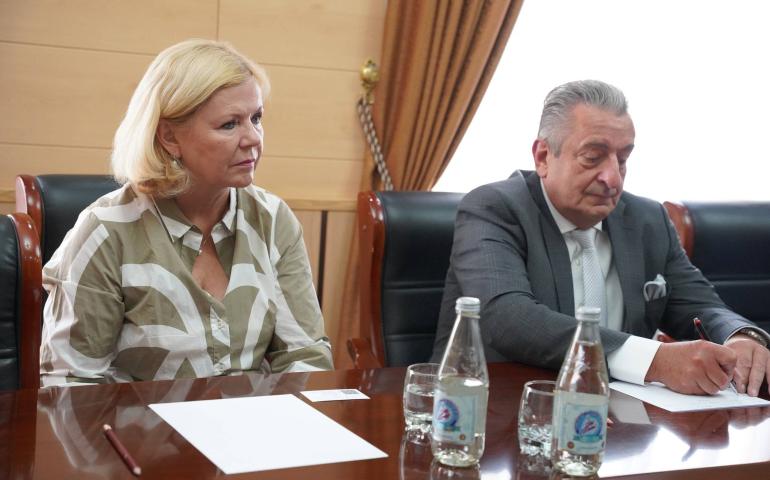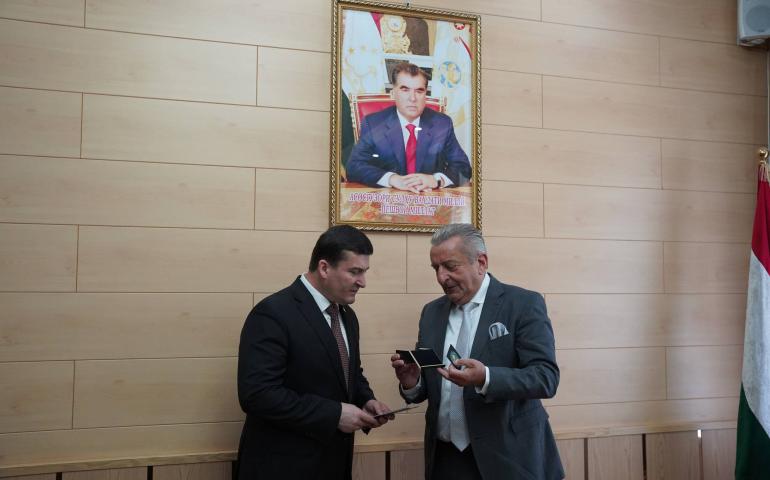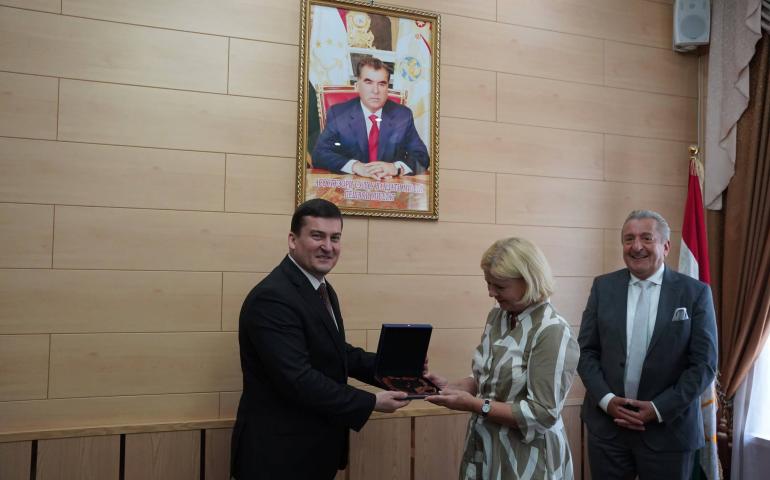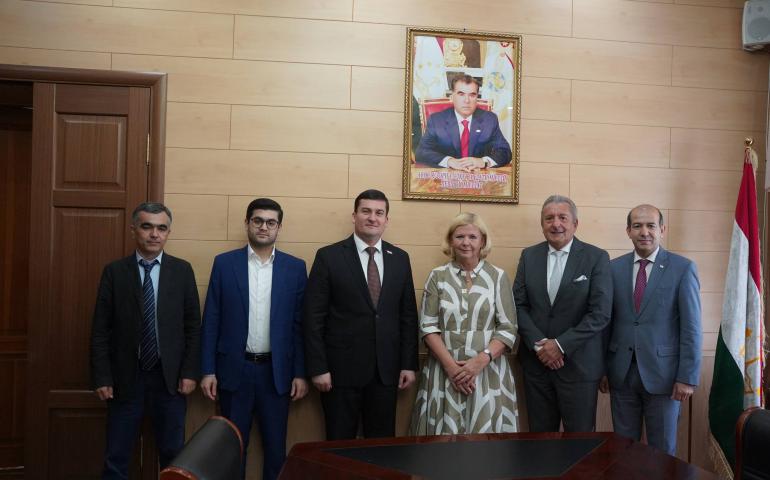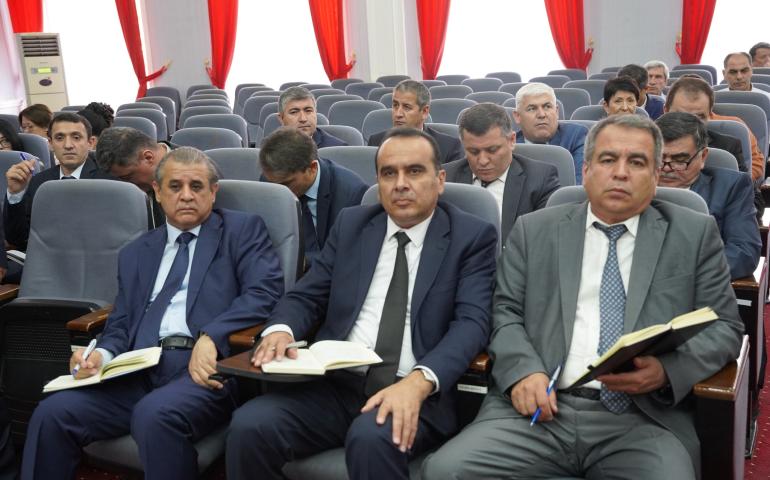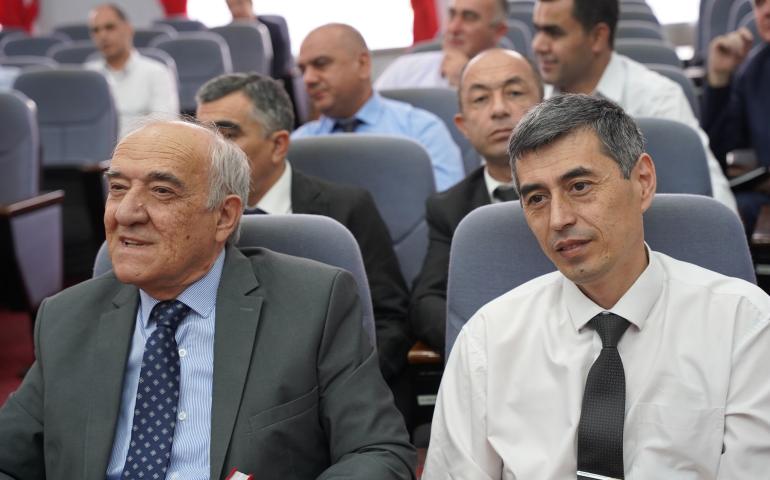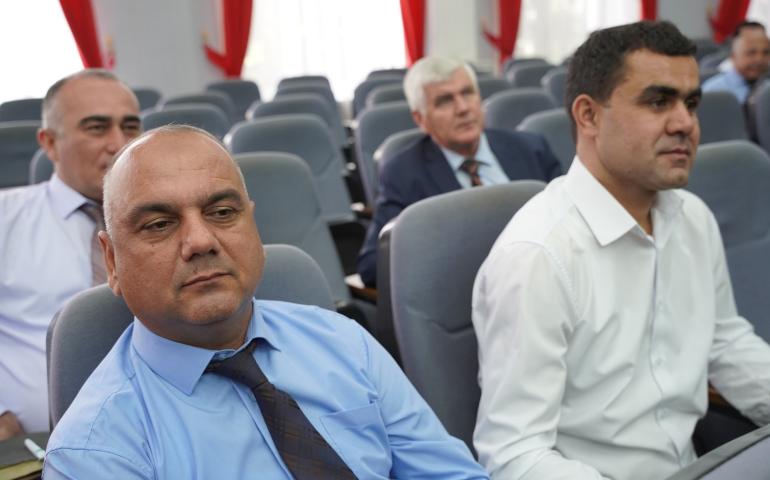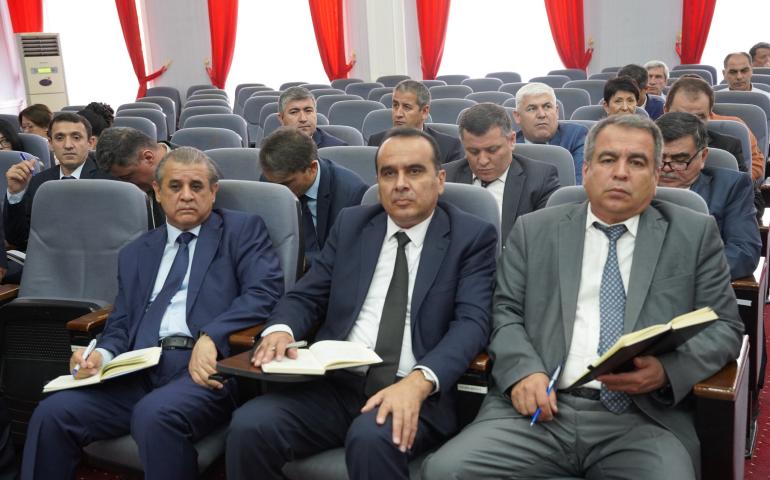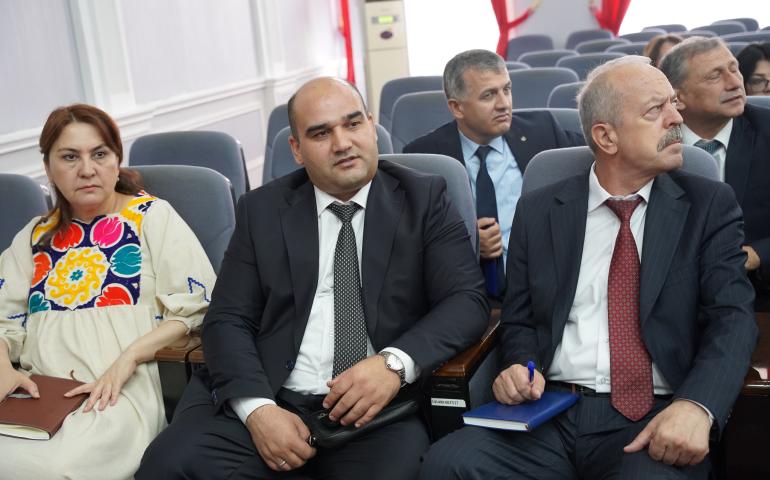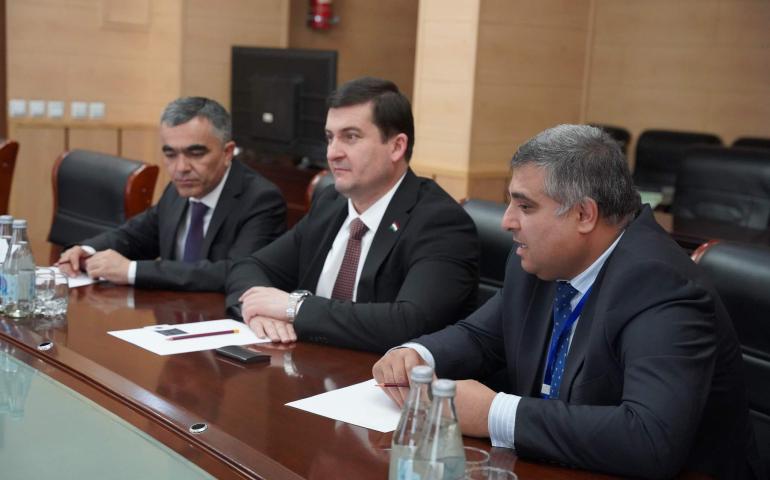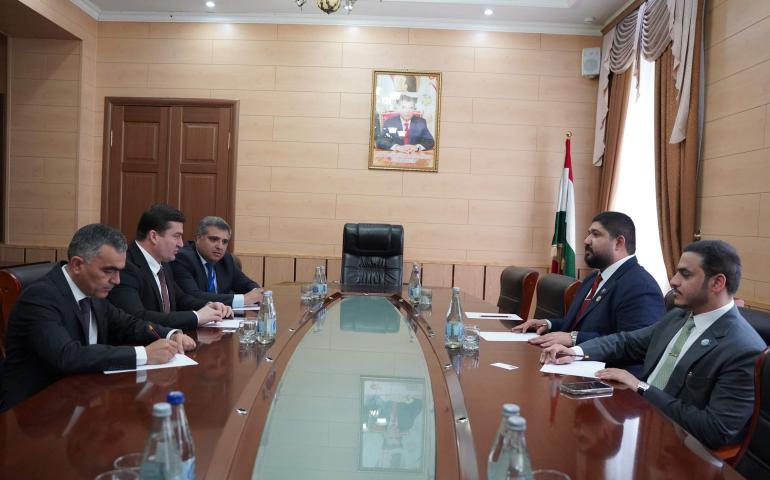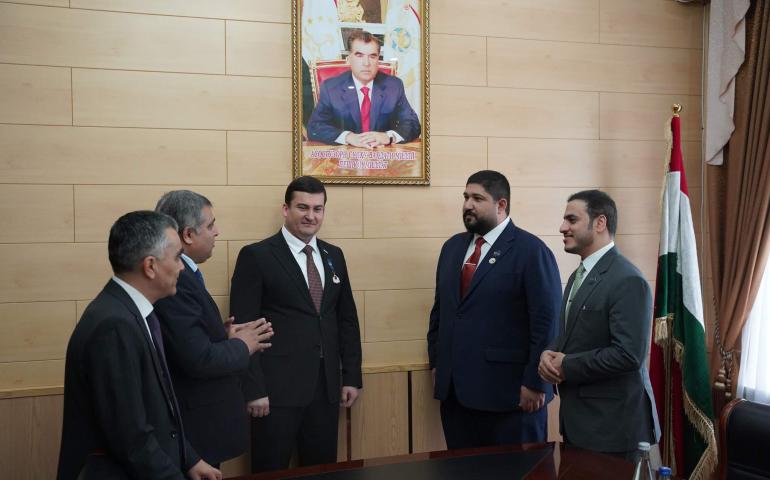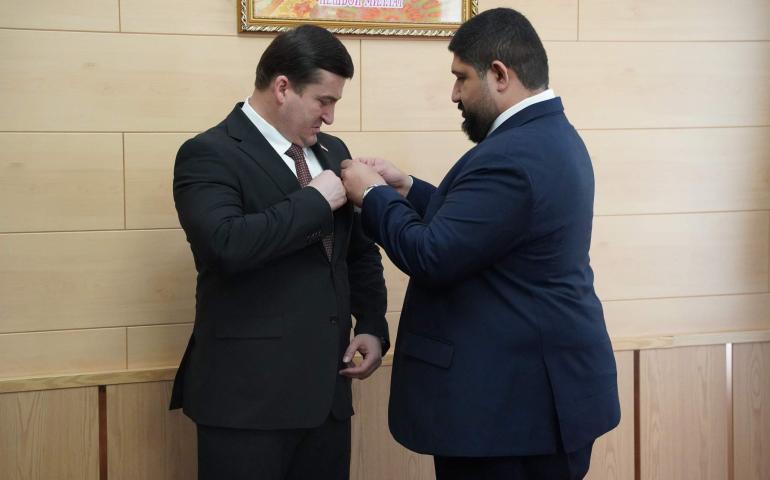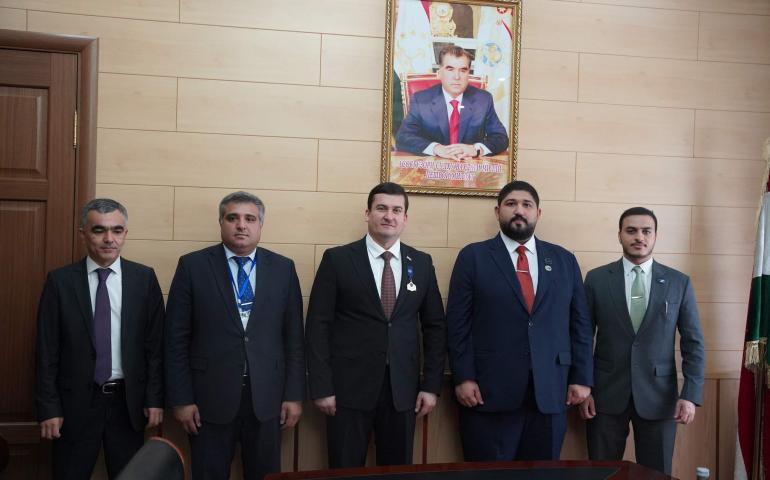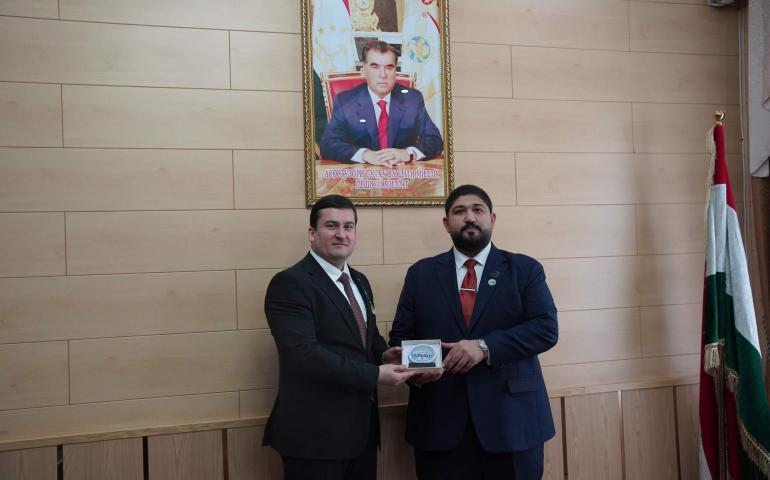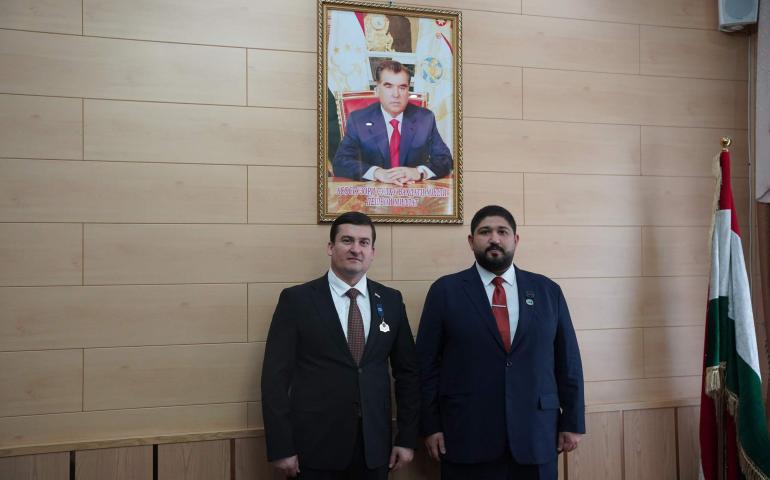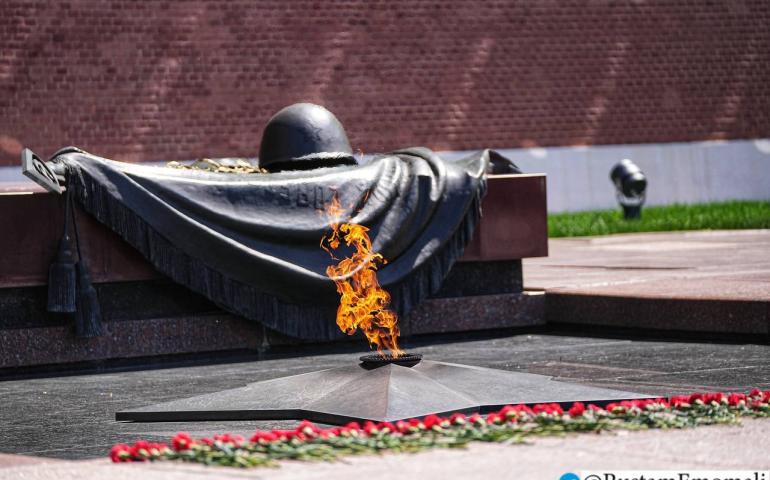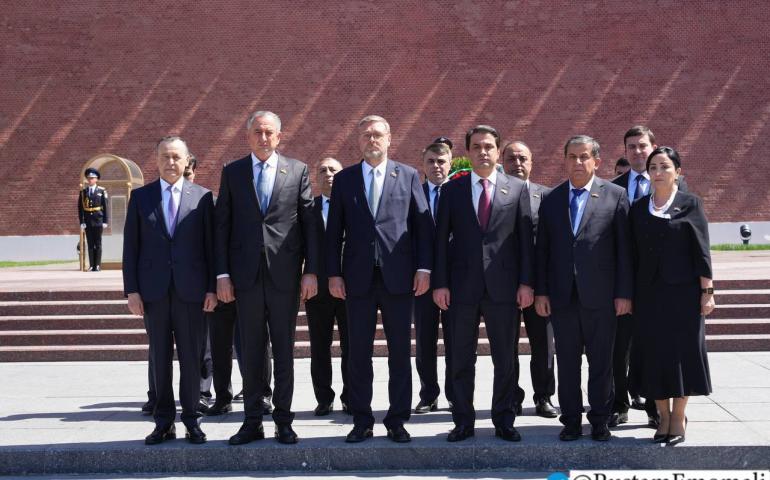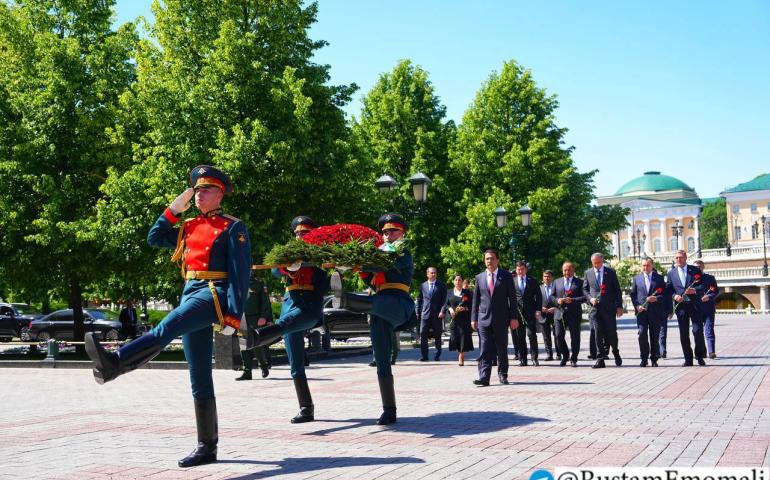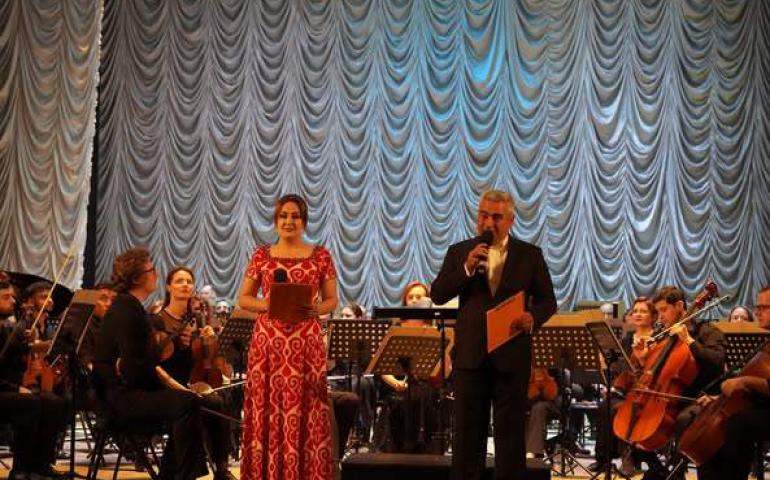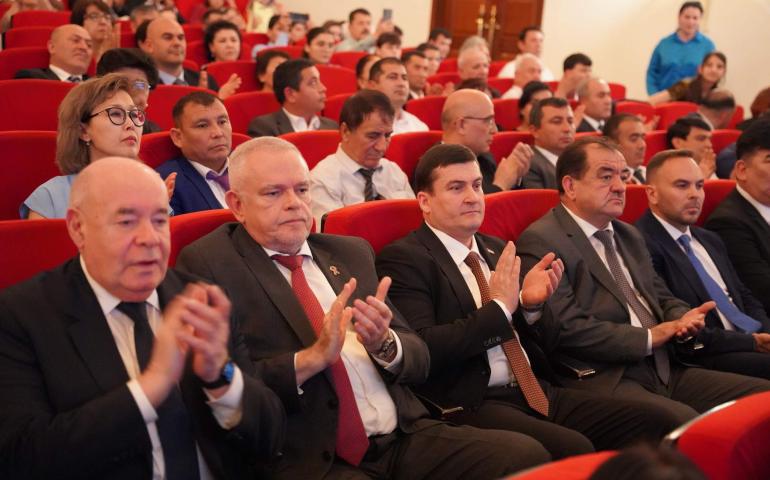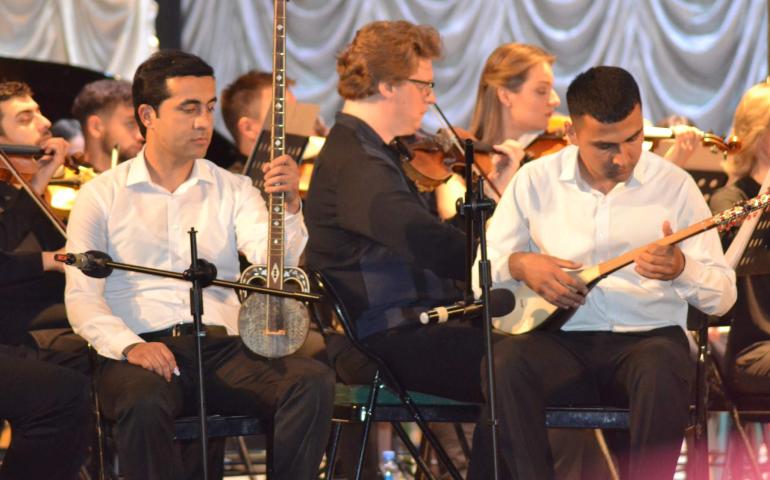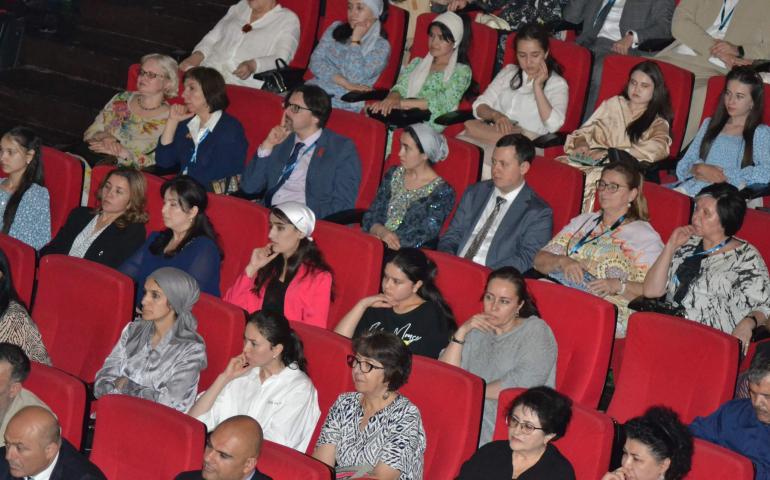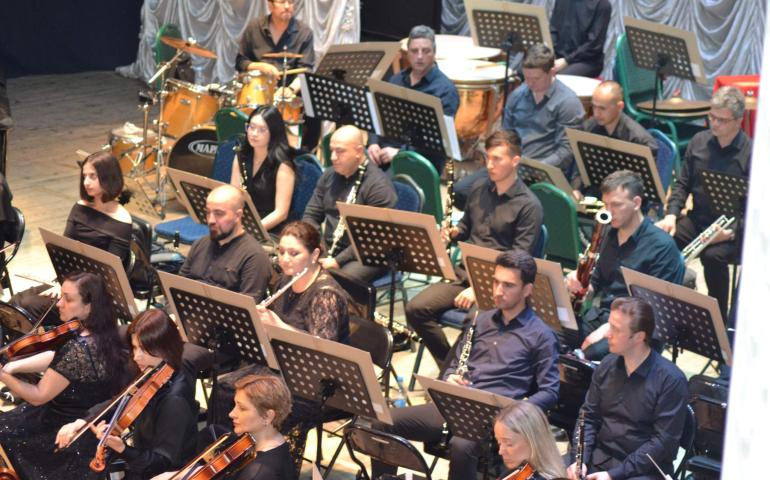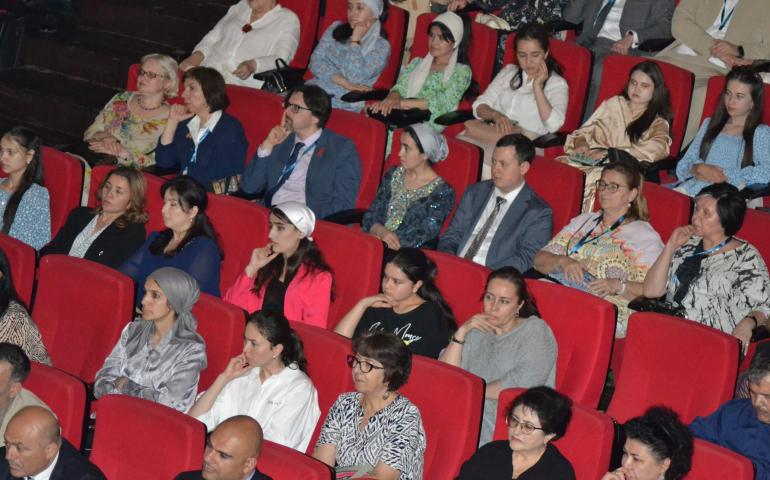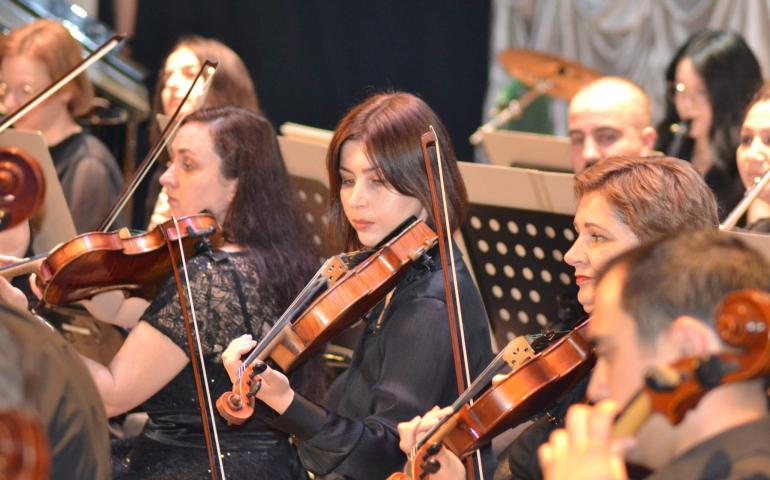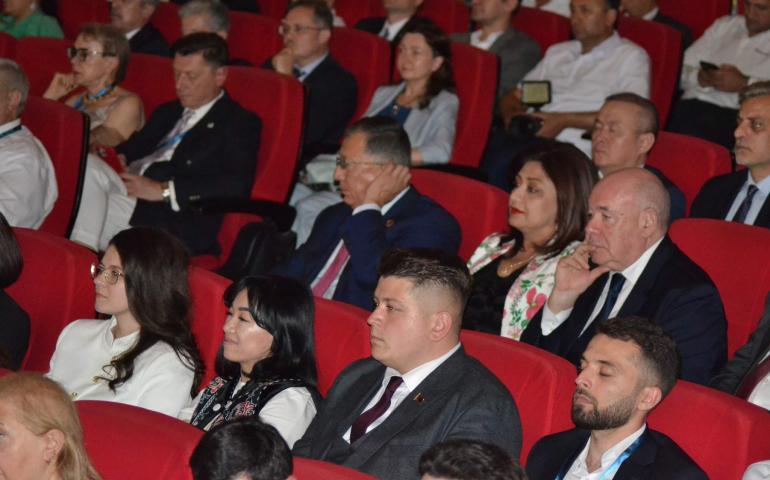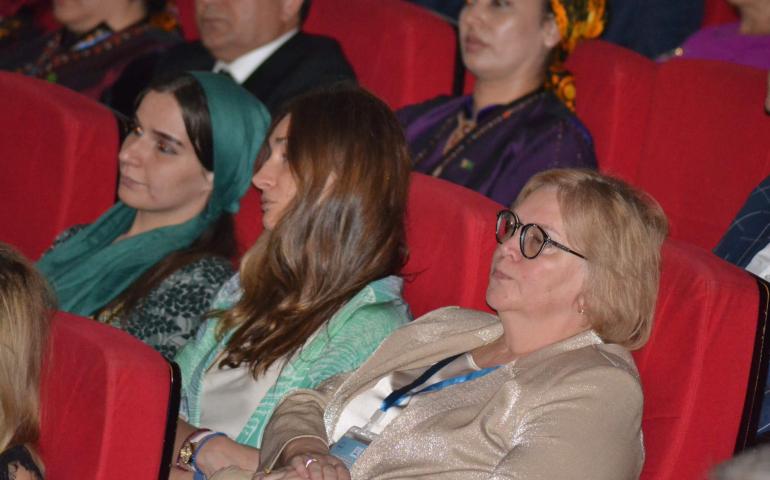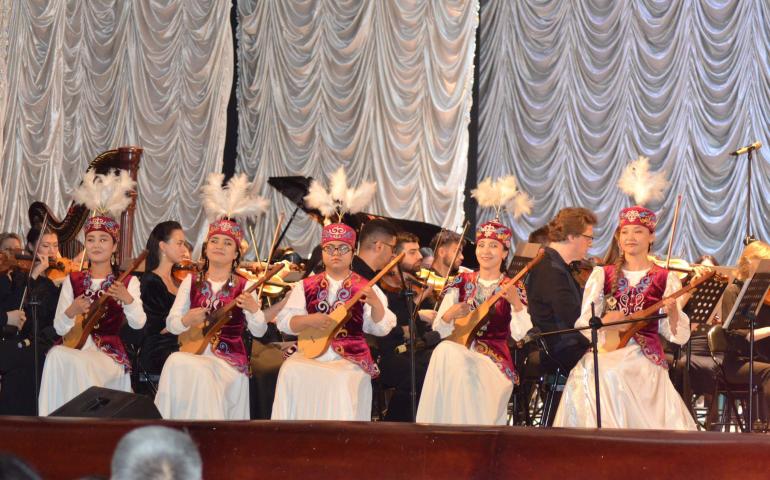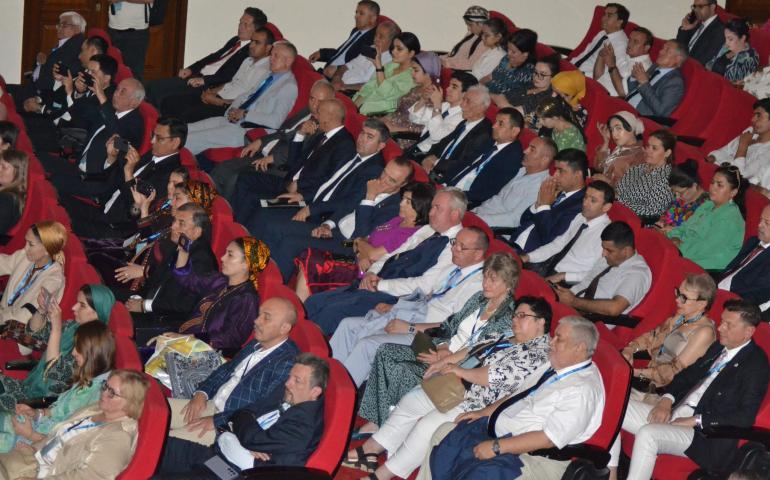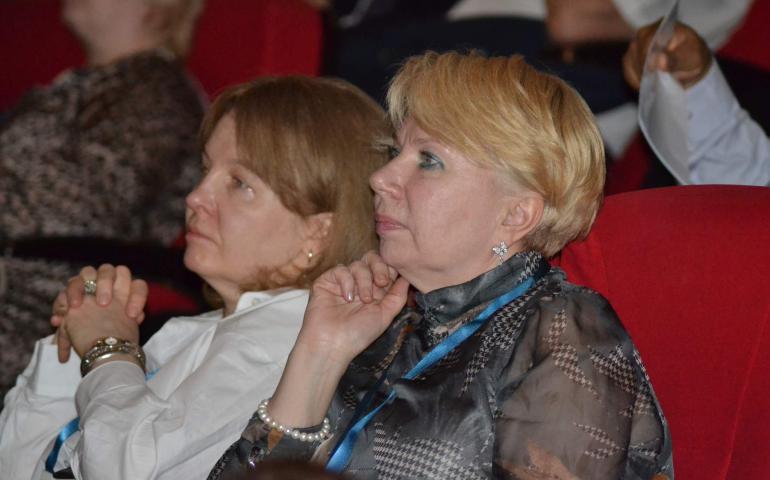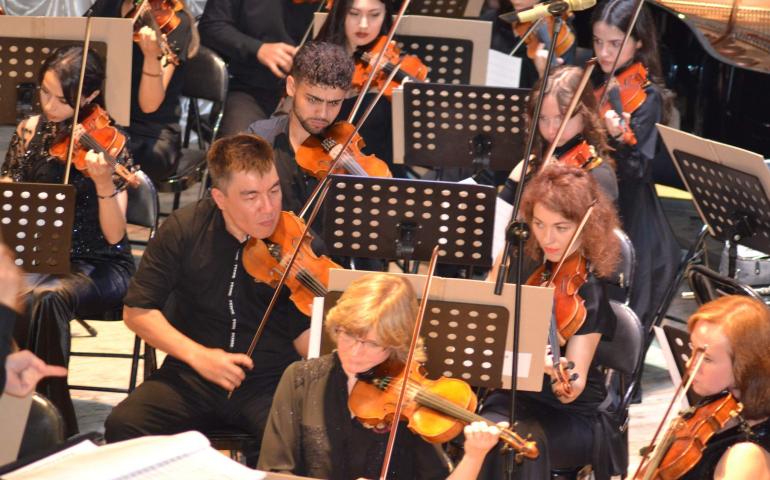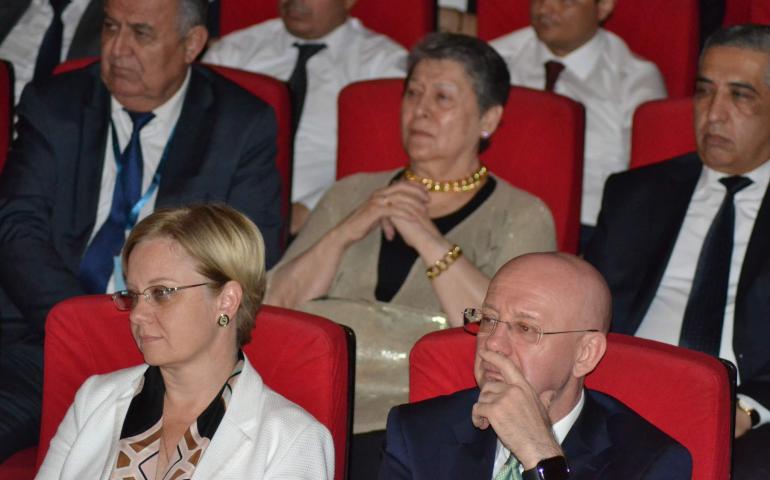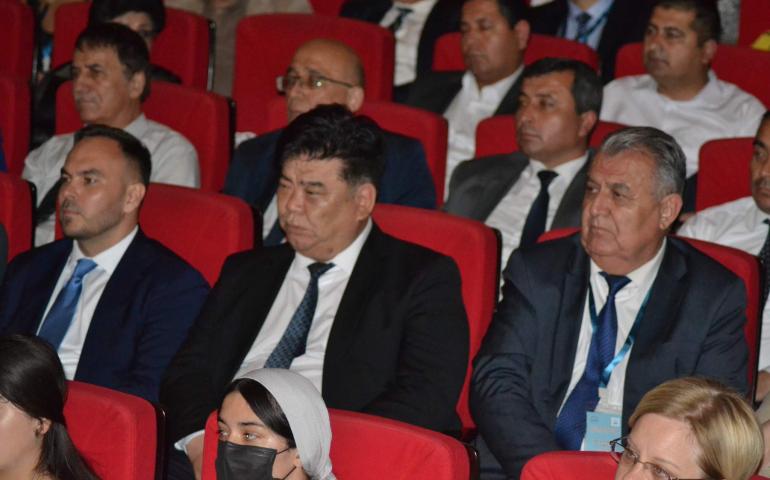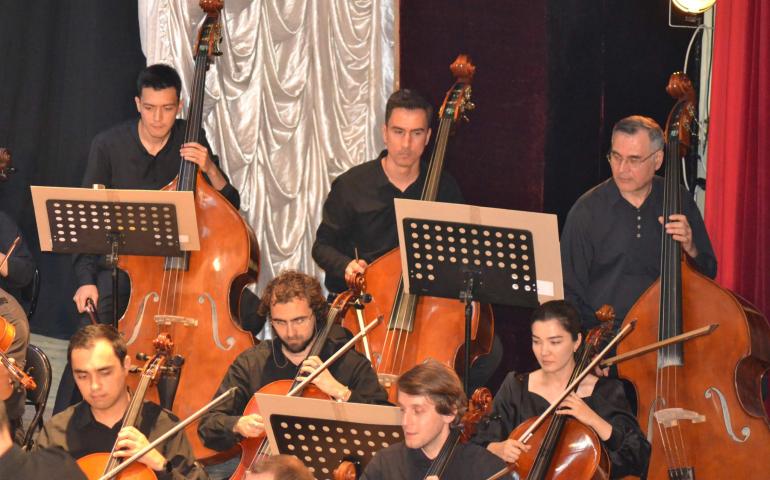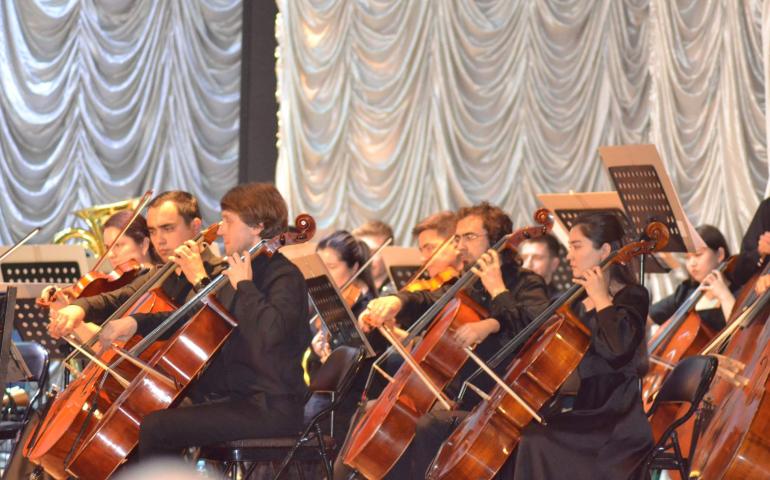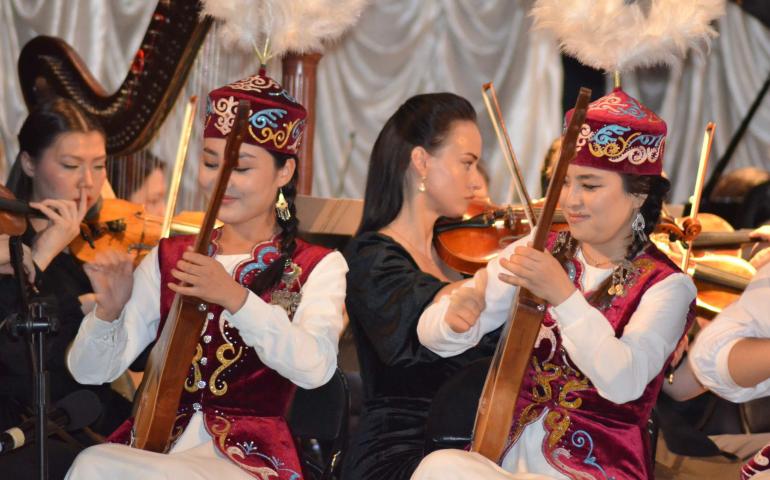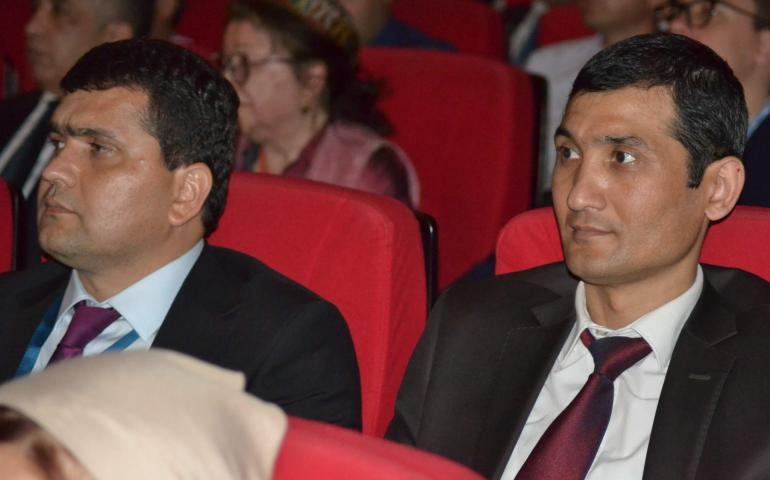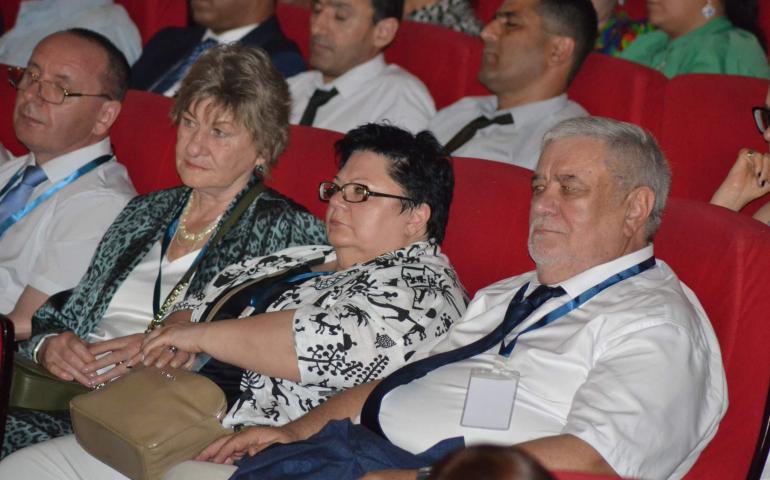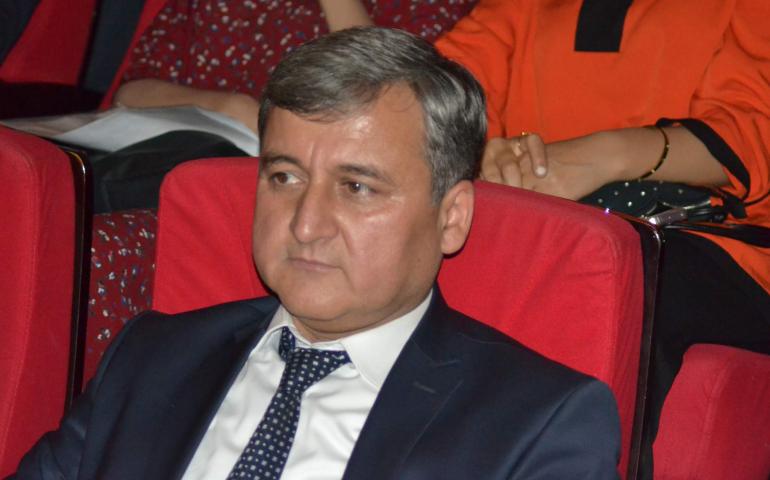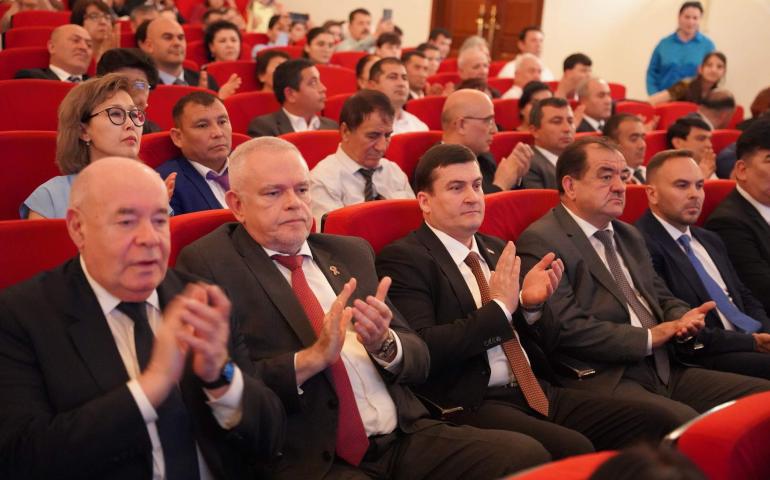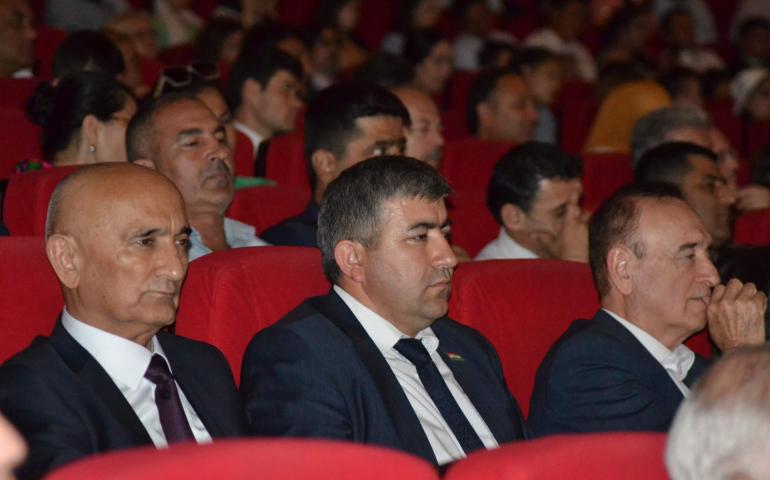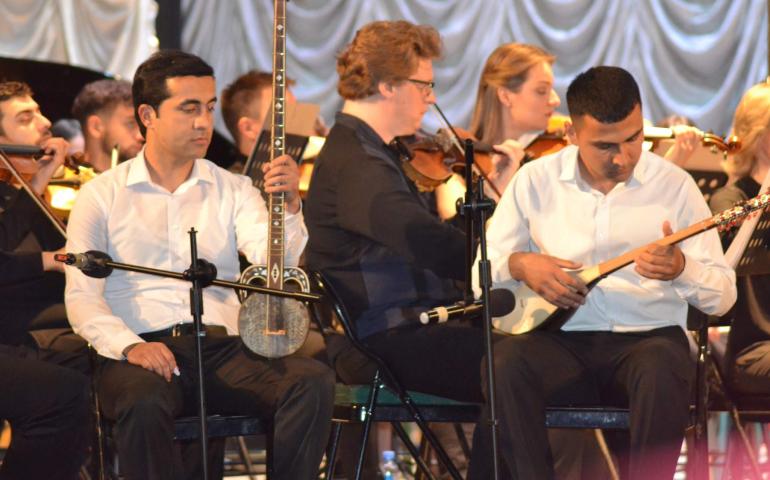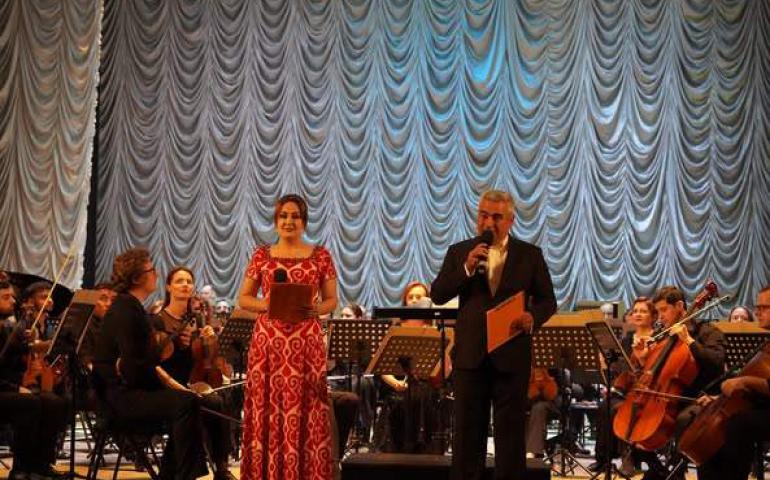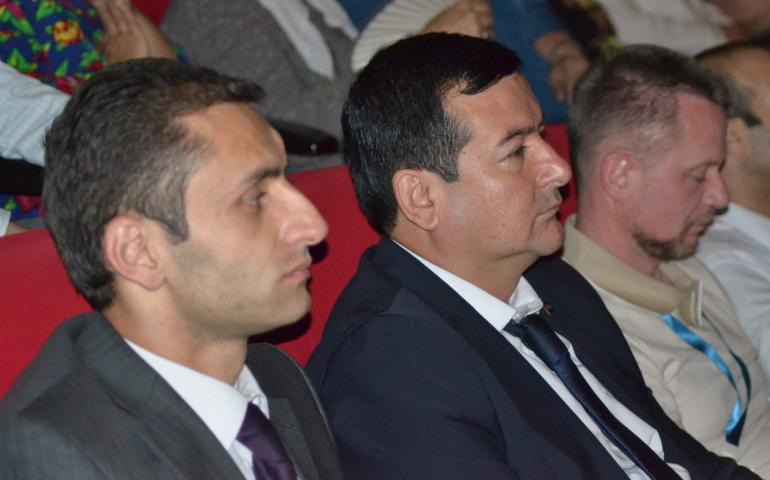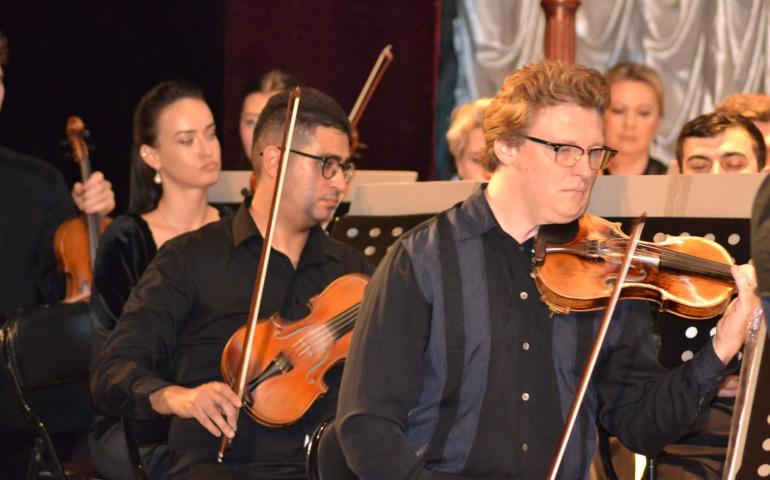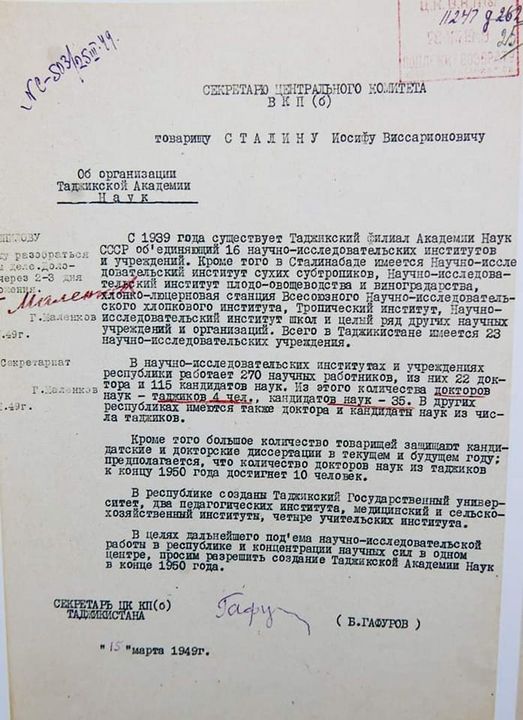
- Historical background
-
In Tajikistan, a systematic research work to study the history and culture of the Tajik people, natural resources of the republic, the establishment of steady-state research centers and training of scientific personnel was carried out by the scientists from the Academy of Sciences of the USSR. Geographers, geologists, botanists, zoologists, surveyors, economists and scientists collected huge material which then served as the basis for a systematic and purposeful scientific research. Great work on the study of flora and fauna of Tajikistan, identification of its hydropower, mineral and fuel resources outlined the prospects of new land and industrial development of the country. Results were presented and discussed in the committee of the Academy of Sciences of the USSR and organization of the Tajik Academy of Sciences of the USSR for regular research on the territory of the republic was decided.
In January 1933, under the directorship of academician S.F. Oldenburg (1863-1935), Tajik base of Academy of Sciences of the USSR started its operation and united sectors of geology, botany, zoology and parasitology, soil science, humanities. In 1940, Tajik base of Academy of Sciences of the USSR was converted into a branch of the Tajik Academy of Sciences of the USSR with institutions: geology, botany, zoology and parasitology, history, language and literature. Tajik Branch of Academy of Sciences was headed by the academician E.N. Pavlovsky, who made an exceptional contribution for the development of science in the country. Organization of the branch contributed to the further development of science in Tajikistan, despite the fact that its activities coincided with the difficult years of World War II and postwar period of economic rehabilitation.
As a result of ten years activity of the Tajik Branch of the Academy of Sciences of the USSR, a resource base of more than 700 scientists for research was developed, which concluded the formation of Academy of Sciences in the republic.
The Council of Ministers of the USSR in October 9, 1950 pursuant to Decree of the Presidium of the Supreme Council of the Tajik SSR, Council of Ministers of the Tajik Council Soviet Socialist Republic and the Communist Party of Tajikistan on April 14, 1951 established the Academy of Sciences of the Tajik SSR. It consisted of: Institute of Geology, Institute of Chemistry, Institute of Seismology, Institute of Botany, Institute of Zoology and Parasitology, Institute of Soil Science, Land Reclamation and Irrigation, Institute of Animal, Institute of History, Archeology and Ethnography, Institute of Language and Literature, Astronomical Observatory, Division of cotton, Department of Philosophy and Economics. The structure of the Academy of Sciences had two branches: the natural and social sciences.
Thus in a short historical period in Tajikistan, research cells of the Academy of Sciences were developed to the major research centers, bringing together hundreds of scientists and their research covering a wide range of problems of modern science.
The Academy of Sciences includes three honorary academicians: A.N. Nesmeyanov, E.N. Pavlovsky and K.I. Satpaev, 11 academicians and 14 corresponding members.
The first president of the Academy of Sciences of the Tajik Soviet Socialist Republic was elected an outstanding scientist and culture of Tajikistan, the founder of the Tajik Soviet literature Sadriddin Aini (1878-1954), who made a huge contribution to the study of the cultural history of the Tajik people. In 1957, famous physicist C.U. Umarov was elected as president of the Academy of Sciences of the Tajik SSR (1900-1964). Researches in the natural sciences, experimental biology, and Oriental studies were intensified. Development of scientific researches in new areas of science required training on large scale. Therefore, in the scientific institutions of Moscow, Leningrad, Novosibirsk, Kiev, Minsk and other research centers, young Tajik scholars who began to develop the important problems of modern science were trained.
Water Problems Institute, Institute of Astrophysics, Department of Oriental Studies and Written Heritage, Pamir base of Taj AN, the Committee on Terminology, S.U. Umarov Physical-Technical Institute, Institute of Plant Physiology and Biophysics, Institute of Economics, Institute of Gastroenterology, Pamir Biological Institute, Department of Protection and Rational Use of Natural Resources, Institute of Oriental Studies, Institute of Mathematics with Computing Centre were organized.
During 1991-2011, the Institute of Philosophy and Law, Institute for Human Sciences, Khujand Research Centre, Pamir Branch, Academy of Sciences of RT, Department of Materials Science, Department of social problems of man were formed. After the collapse of the Soviet Union, despite the serious problems encountered in Tajikistan, the efforts of governments and scientists managed to keep mostly scientific potential and the Academy of Sciences is a priceless asset in Tajikistan. The development of science and education in Tajikistan is recognized as a national priority. The Law of the Republic of Tajikistan “On Science and State Science and Technology Policy was adopted”.
A growing funds support yearly from Government of the Republic of Tajikistan for science is observed.
Institute of Water Problems, Hydropower and Ecology, Institute of Demography, A. Bahovaddinov Institute of State and Law, Agency for Nuclear and Radiation Safety, Research Center of Khatlon was organized.
In May 2002, the Law of the Republic of Tajikistan “About the Academy of Sciences of Tajikistan was adopted”.
Avitsenna Center at the A. Bahovaddinov Institute of Philosophy and Law, RT, Center for the exploration and use of renewable energy at the S.U. Umarov Physical and Technical Institute, Centre for Innovative Biology and Medicine, Center for Innovative Development of Science and Technology was organized.
In order to create favorable conditions for further development of basic and applied research and advanced level of quality and efficiency of scientific research and their use in production, the concentration of research capacity at the national priority areas of research, enhance innovation, improve the training of young specialists and professionals enhance the role of the Academy of Sciences in the socio-economic, cultural and spiritual spheres, in October 2010 the Government of the Republic of Tajikistan adopted the Decree “On the structural and administrative reform of the Academy of Sciences of Tajikistan”.
President of the Academy of Sciences of Tajikistan, SSR during 1966-1988, was M.S. Asimov, 1988-1995 was S.H. Negmatullaev, and 1995-2005 was U.M. Mirsaidov. They contributed greatly to the advancement of science, strengthening the material-technical base and training of scientific personnel.
Currently, more than 2000 employs are working, including 35 full members and 43 corresponding member, 190 doctors, 360 candidates’ with18 foreign members in the Academy of Sciences. Now AS comprises 14 research institutes, Pamir Branch, which includes two Institute, Khatlon and Khujand research centers, international research center "Pamir-Chacaltay" and several other research institutions engaged in research in the field of natural, technical and social sciences.
Scientific institutions of AS are combined into three departments: Department of Physical-mathematical, chemical, geological and engineering sciences (Vice President - Chairman of the department academician S. Odinaev), Department of Biological and Medical Sciences (Vice President - Chairman of the department academician M.M. Yakubova) and the Department of Social Sciences (Acting Vice-President - Chairman of the Department corresponding member K. Olimov). Department of Physical-mathematical, chemical, geological sciences and engineering combines Institute of Mathematics, S.U. Umarov Physical and Technological Institute, Institute of Astrophysics, V.I. Nikitin Institute of Chemistry, Institute of Geology, Earthquake Engineering and Seismology, Institute of Water Problems, Hydropower and Ecology, Agency for Nuclear and Radiation Safety, Research and experimental production facility of Geophysical Service.
In the Department of Biological and Medical Sciences there are Institute of Botany, physiology and plant genetics, E.N. Pavlovskiy Institute of Zoology and Parasitology, H.Yu. Yusufbekov Pamir Biological Institute. Department of Social Sciences brings together A. Rudaki Institute of Language, Literature, Oriental Studies and Written Heritage, A. Donish Institute of History, Archeology and Ethnography, A. Bahovaddinov Institute of Philosophy, Political Science and Law, Institute of Economics and Demography, Institute for the Humanities.
At the Presidium of the Academy of Sciences there are Attestation Commission of the Republic of Tajikistan, the Council for the Coordination of research in the field of natural, technical, medical, humanities and social sciences in the Republic of Tajikistan, Division of Graduate School, Department of Geography, Department of Philosophy and Department of Foreign Languages, Publishing house “Donish”, Indira Gandhi Central Scientific Library, the Unitary State Enterprise "Taminoti ilm" and "Akademsohtmon."
During the period of national independence of the RT scientists published about 10 thousand scientific papers, including 1200 books, booklets and scientific collections. Over the past 10 years, more than three thousand articles and research works in various journals was published. Publications of the U.S., Europe, India, Iran, CIS, indicated the recognition of the results of research of scientists at the international level.
Many developments have found practical application in key sectors of economy. The introduction of these developments can obtain new materials, drugs, address issues of seismic safety of industrial plants and dams, to improve crop yields.
In recent years, scientific institutions of the Academy of Sciences have received more than 200 patents for inventions in the Republic of Tajikistan.
Only in the last five years, 650 scientists of AS traveled to other countries to attend scientific conferences, symposia, seminars, forums, lectures and joint research work with scientists from other countries. More than 200 scientists are working together on scientific work with foreign colleagues.
AS supports a wide international links with research centers in countries near and far abroad. In accordance with the decision of the Council of CIS Heads of Government and in order to further enhance the integration processes in science RT is actively involved in the development and implementation of conventions and agreements under the Interstate Integration Committee.International relations based on bilateral agreements or direct contracts between the AS and research centers in foreign countries are increased.
The scientific potential of the AS is high enough; the Academy of Sciences can and should exert growing influence on the development of science, culture, education and economy in the country.

